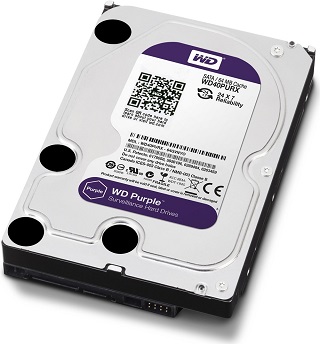

#WESTERN DIGITAL HARD DRIVE DATA RECOVERY PORTABLE#
So how can the end user avoid losing their data on a Western Digital portable hard drive? The answer is to preserve copies of your important data on multiple devices and/or cloud storage. Assuming the engineer knows the hard drive heads are good for reading and writing, and the ROM and PCB are not damaged, then this error could mean you have a damaged secondary translator. In this case, the data recovery engineer might notice the error message: reading error Device Error Detected: “CA FLUSH ALL GOT CANCELED”. Typical software recovery scans of the drive will find absolutely nothing on the drive.Īnother less common error is the drive fails on any read attempt. The most common issue when the secondary translator is damaged is all data on the drive appears as zeros – the drive appears to work with no issue, but all the data appears to be gone. Where the problem comes in is when the translator is damaged. In most cases, data recovery lab best practices will work on WD SMR drives as long as precautions are used to preserve the secondary translator, or as some refer to it, the SMR translator.

There are some performance issues unique to SMR which have been overcome to some degree by new firmware designs, but when the drive fails and the user needs data recovery, the new firmware design used by Western Digital can sometimes cause real problems.

SMR can achieve higher areal density than the older method of perpendicular magnetic recording (PMR, sometimes referred to as conventional magnetic recording or CMR) which simply means more data packed into the same amount of physical space. Most modern portable hard disk drives use relatively new technology, first implemented in the early 2010s, called shingled magnetic recording (SMR) to write data to the platters.


 0 kommentar(er)
0 kommentar(er)
